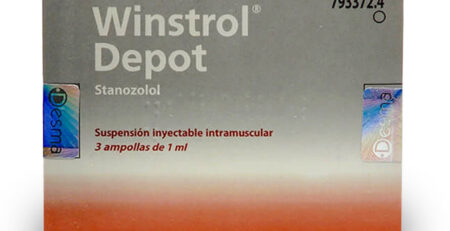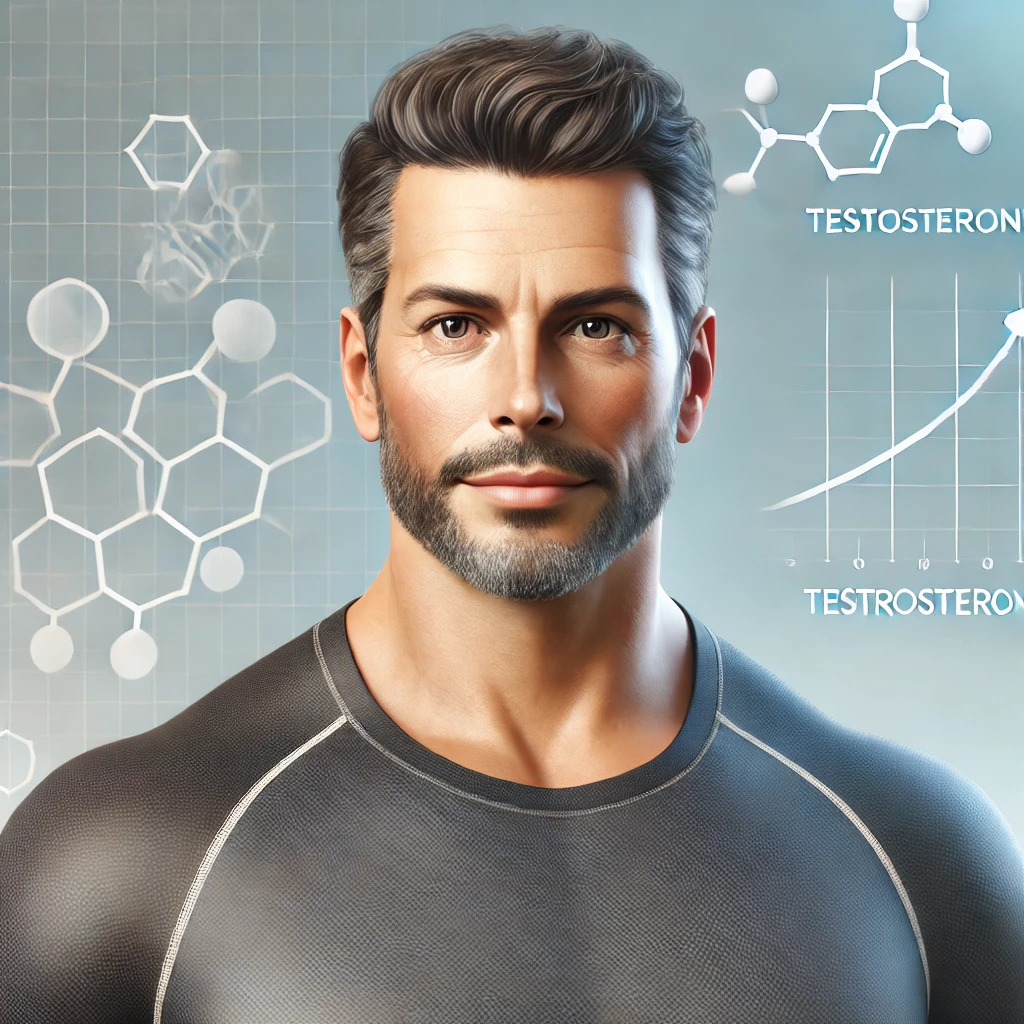
1
Mar
Testosterone for Men After 40: Everything You Need to Know
Introduction
Testosterone is a crucial hormone for men’s health, influencing everything from muscle mass and energy levels to libido and mental well-being. After the age of 40, testosterone levels naturally decline, which can lead to various physical and emotional changes. Understanding testosterone, its administration, cycles, post-cycle therapy (PCT), and recent studies on its effects after 40 can help men make informed decisions about their health.
What is Testosterone?
Testosterone is an androgen hormone primarily produced in the testicles. It plays a key role in:
- Muscle growth and strength
- Bone density maintenance
- Fat distribution
- Red blood cell production
- Sex drive and erectile function
- Mood regulation and cognitive function
As men age, testosterone production slows down, leading to potential symptoms such as decreased energy, weight gain, reduced muscle mass, and lower libido.
Symptoms of Low Testosterone After 40
After 40, men may experience symptoms linked to declining testosterone levels, including:
- Fatigue and reduced stamina
- Increased body fat, especially around the abdomen
- Loss of muscle mass and strength
- Mood swings, irritability, and depression
- Reduced libido and erectile dysfunction
- Decreased cognitive function and memory issues
Recognizing these signs early can help men seek appropriate medical intervention to maintain their health and quality of life.
Testosterone Administration Methods
For men considering testosterone replacement therapy (TRT) or supplementation, there are several administration options:
1. Injections
- Most effective and commonly used method
- Administered intramuscularly (IM), typically every 1-2 weeks
- Provides stable testosterone levels
2. Topical Gels and Creams
- Applied daily to the skin (shoulders, arms, or abdomen)
- Absorbed through the skin into the bloodstream
- Risk of transferring testosterone to others through skin contact
3. Patches
- Worn on the skin (typically upper body or arms)
- Provides a steady release of testosterone
- Can cause skin irritation in some users
4. Pellets
- Implanted under the skin every 3-6 months
- Slow and steady hormone release
- Requires a minor surgical procedure
5. Oral and Buccal Tablets
- Less commonly used due to liver metabolism issues
- Buccal tablets dissolve between the gum and cheek
Each method has its pros and cons, and choosing the right one depends on personal preference and medical guidance.
Testosterone Cycles for Men After 40
Some men, particularly those in fitness or bodybuilding, use testosterone cycles to enhance muscle mass and performance. However, cycling testosterone without medical supervision can be risky.
Recommended Cycle Lengths
- Beginner Cycle: 8-12 weeks
- Intermediate Cycle: 12-16 weeks
- Advanced Cycle: 16+ weeks (under medical supervision)
Common Testosterone Esters Used in Cycles
- Testosterone Enanthate (long-acting, injected every 5-7 days)
- Testosterone Cypionate (similar to Enanthate, injected weekly)
- Testosterone Propionate (short-acting, injected every 2-3 days)
- Sustanon 250 (blend of multiple esters, injected every 10-14 days)
Men over 40 should consult a doctor before starting a testosterone cycle, as improper use can lead to serious health risks, including cardiovascular issues and hormone imbalances.
Post-Cycle Therapy (PCT) for Men Over 40
After completing a testosterone cycle, it’s essential to undergo post-cycle therapy (PCT) to restore natural hormone production and prevent negative side effects.
Why PCT is Important
- Prevents testosterone suppression
- Helps maintain muscle gains
- Reduces estrogen-related side effects
- Restores natural hormone balance
Common PCT Protocols
- Selective Estrogen Receptor Modulators (SERMs)
- Clomid (Clomiphene Citrate): 50-100mg daily for 4 weeks
- Nolvadex (Tamoxifen Citrate): 20-40mg daily for 4-6 weeks
- Human Chorionic Gonadotropin (hCG)
- Helps stimulate natural testosterone production
- Typically used in the last weeks of a cycle and into PCT
- Aromatase Inhibitors (AIs)
- Anastrozole (Arimidex): Helps control estrogen levels
- Used if high estrogen symptoms occur (e.g., water retention, gynecomastia)
Men over 40 should be particularly cautious with PCT, as their natural testosterone production is already lower than younger individuals.
Studies on Testosterone for Men After 40
Several studies highlight the benefits and risks of testosterone supplementation for men over 40.
1. Testosterone and Cardiovascular Health
- Some studies suggest that TRT may increase the risk of heart disease, while others indicate it can improve heart health by reducing cholesterol and improving blood circulation.
2. Testosterone and Cognitive Function
- Research shows that maintaining optimal testosterone levels can help prevent cognitive decline and reduce the risk of Alzheimer’s disease.
3. Testosterone and Body Composition
- A study published in the Journal of Clinical Endocrinology & Metabolism found that men over 40 who received testosterone therapy had improved muscle mass, reduced fat levels, and enhanced energy.
4. Testosterone and Mood
- Studies indicate that TRT can reduce symptoms of depression, anxiety, and fatigue, improving overall mental well-being.
Conclusion
For men over 40, maintaining healthy testosterone levels is essential for overall health, vitality, and well-being. Whether through natural lifestyle changes, TRT, or supplementation, understanding how testosterone works, how to administer it, and the importance of post-cycle therapy can help men make informed choices. Consulting a healthcare professional before starting any testosterone-related treatment is crucial to ensure safety and effectiveness.
By staying educated on the latest studies and best practices, men over 40 can optimize their testosterone levels and lead a healthier, more energetic life.
RELATED
Posts

The History of Steroids: From Ancient Discoveries to Modern Usage
Introduction Steroids have long been associated with sports, bodybuilding, and performance enhancement. However, their history stretches far beyond the gym...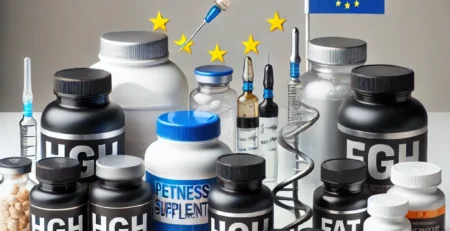
Steroids in the EU: Safe, High-Quality Products for Your Fitness Goals
Are you looking for premium steroids for sale in Europe? Whether you're an experienced athlete, bodybuilder, or someone starting...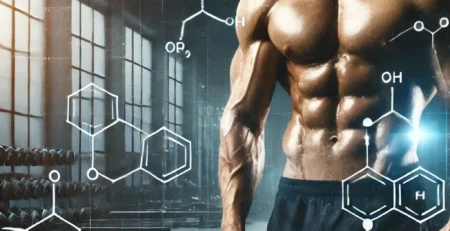
The Truth About Steroids: Myths, Facts, and Safe Usage
Introduction Steroids have been a controversial topic in the fitness world for decades. While some view them as a shortcut to...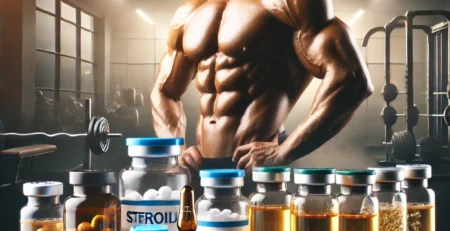
Top 10 Most Used Steroid Cycles Worldwide: Dosage, Duration, and PCT
Introduction Steroid cycles are widely used by bodybuilders and athletes to enhance muscle growth, strength, and performance. However, proper planning, correct...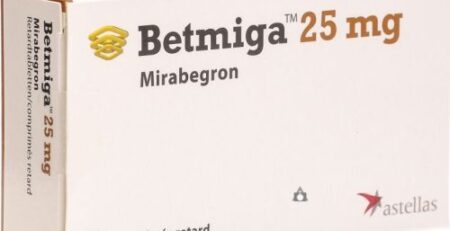
Betmiga (Mirabegron) – A New Fat Burner in Fitness and Bodybuilding
What is Betmiga (Mirabegron)? Betmiga, also known by the brand name Myrbetriq, is a beta-3 agonist originally used to treat overactive...
Danabol (Methandrostenolone) – One of the Most Popular Anabolic Steroids
Active substance: MethandrostenoloneBrand names: Anabol, Anabolin, Naposim, Metanabol, Metandienone, Methandrostenolone, Nerobol, Parabol-5, Stenolon, Trinergic, Dianabol, Danabol Danabol - The Most Popular...
Testosterone Enanthate: Everything You Need to Know
Active Substance: Testosterone EnanthateTrade Names: Androtardyl, Depot-Testosteron, Delatestryl, Cidoteston, Primoteston-Depot, Testen-250, Testo-Enant, Testosterona E, Testosteronum Prolongatum, Testobolin, Testofort, Testoviron Depot,...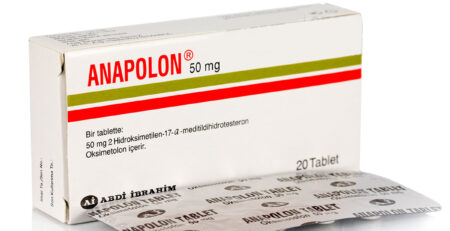
Oxymetholone (Anadrol): A Powerful and Controversial Steroid
Active Substance: OxymetholoneTrade Names: Anadrol 50, Anadrolon 50, Anapolon 50, Anasteron, Androlic, Dinasten, Oximetolon, Rinasteron Introduction to Anadrol Anadrol (Oxymetholone) is...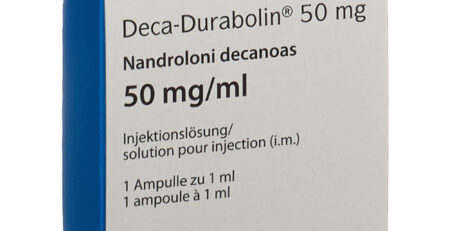
Deca-Durabolin – Nandrolone decanoate
Active Ingredient: Nandrolone DecanoateTrade Names: Anabolin, Deca-Dubol, Deca-Durabolin, Deca-Pronabol, Decanofort, Retabolin, Sterobolin, Extrabolin, Nandrolona D Overview of Nandrolone Decanoate (Deca-Durabolin) Nandrolone Decanoate,...